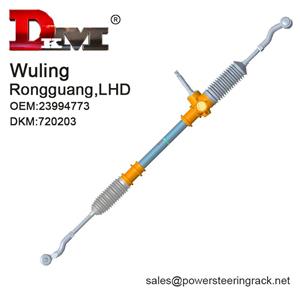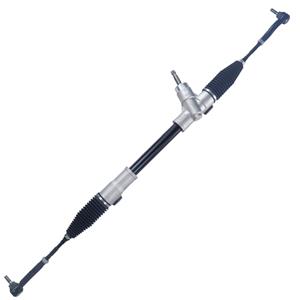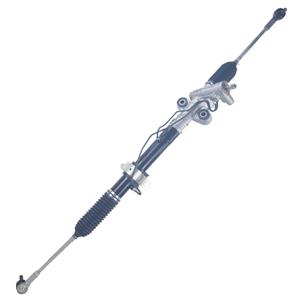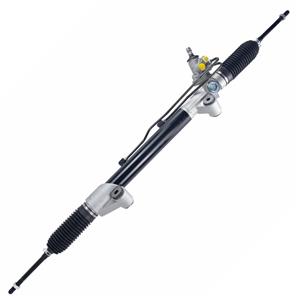What kind of power steering racks are used in today's fuel vehicles?
With the development of automobile technology, the design of modern fuel vehicles has become increasingly complex and sophisticated. Among the many systems, the power steering system plays a key role in ensuring that the driver can easily control the vehicle. The power steering rack is an important part of this system, which provides mechanical support during the steering process and reduces steering resistance through hydraulic or electric power assistance.
So, what type of power steering racks are used in today's fuel vehicles? How do they work and what are their characteristics? This article will explore this issue in detail.
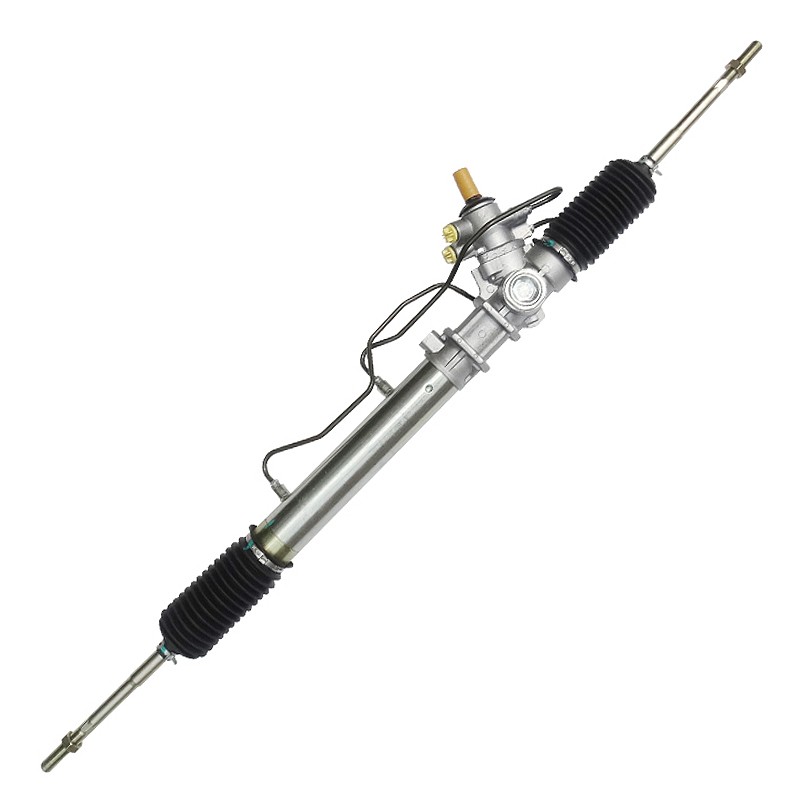
The evolution of power steering system
Before we delve into the power steering racks used in modern fuel vehicles, it is necessary to understand the development history of the power steering system. Early vehicles generally adopted manual steering systems (Manual Steering System), which were simple in design but laborious to operate. With the advancement of the automotive industry, power steering systems have gradually become popular, providing a more comfortable and safe driving experience.
Power steering systems can be divided into three main types: Hydraulic Power Steering (HPS), Electric Power Steering (EPS) and Electro-Hydraulic Power Steering (EHPS). Among them, the hydraulic power steering system uses a hydraulic pump to provide steering assistance, while the electric power steering system relies on an electric motor. The electronic hydraulic power steering system combines the advantages of the first two and provides hydraulic assistance through an electric pump.
What kind of power steering rack does the current fuel vehicle use?
In modern fuel vehicles, the most common types of power steering racks are hydraulic power steering racks and electronic hydraulic power steering racks. These two rack systems differ in design, working principle and performance.
Hydraulic power steering rack
Hydraulic power steering rack (HPS Rack) is the most common type of steering system in traditional fuel vehicles. Its core is to provide steering assistance through hydraulic pressure. This rack usually works with a hydraulic pump, oil pipe, valve and hydraulic oil tank. When the driver turns the steering wheel, the hydraulic pump generates high-pressure oil and delivers it to the hydraulic cylinders on both sides of the rack through pipes. The pressure difference of the hydraulic cylinder pushes the rack to move, thereby turning the wheels.
The advantage of the hydraulic power steering rack is its powerful power-assisting effect, which is particularly evident when driving at low speeds and parking. However, it also has some disadvantages, such as complex system, high maintenance cost and high energy consumption. Since the hydraulic pump is driven by the engine, the operation of the system has a certain impact on fuel economy.
Electronic Hydraulic Power Steering Rack
With the development of electronic technology, electronic hydraulic power steering rack (EHPS Rack) has gradually been used in modern fuel vehicles. This system combines the advantages of hydraulic power steering and electric power steering, and generates hydraulic pressure through an electric pump instead of the traditional engine-driven pump.
The working principle of the electronic hydraulic power steering rack is similar to that of the hydraulic power steering rack, but its hydraulic pump is driven by an electric motor and works independently of the engine. This improvement makes the system more efficient and can adjust the hydraulic pressure according to demand under different driving conditions, thereby improving fuel economy. In addition, the electronic hydraulic power steering rack has a faster response speed, more flexible steering operation, and is not affected by engine speed.
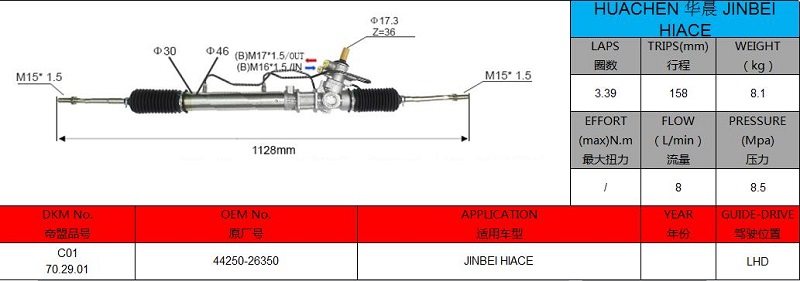
How does the hydraulic power steering rack work?
The core of the hydraulic power steering rack is to use hydraulic pressure to provide steering assistance. Its working principle can be divided into the following steps:
The role of the hydraulic pump
The hydraulic pump is the power source of the system. It is usually driven by the engine through a belt. When working, it pressurizes the hydraulic oil and delivers it to the hydraulic cylinders on both sides of the rack through high-pressure pipelines. The output pressure of the hydraulic pump varies according to the engine speed, which means that the output pressure of the pump is lower when the engine is running at low speed, and higher when it is running at high speed.
Flow of hydraulic oil
When the driver turns the steering wheel, the steering valve opens and the hydraulic oil is directed to the hydraulic cylinder on one side of the rack. Due to the pressure difference on both sides of the hydraulic cylinder, the rack is thrust and moves in the corresponding direction, driving the wheels to turn. At the same time, the hydraulic oil on the other side of the rack is discharged back to the tank, forming a circulation flow of hydraulic oil.
Implementation of steering assistance
The effect of hydraulic pressure allows the driver to turn the steering wheel without applying too much force. The amount of hydraulic assistance depends on the pressure and flow of the hydraulic oil, both of which are controlled by the hydraulic pump. Therefore, the hydraulic power steering rack can provide strong assistance at low speeds and reduce the assistance at high speeds to improve stability.
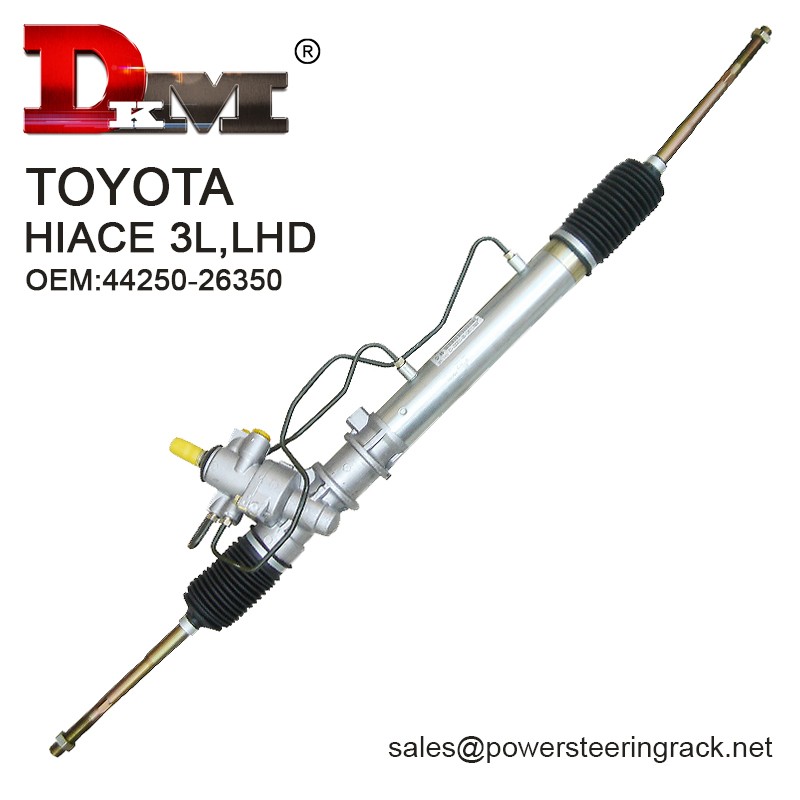
How does the electronic hydraulic power steering rack work?
Compared with the hydraulic power steering rack, the electronic hydraulic power steering rack has some key differences in the working principle:
The role of the electric pump
The hydraulic pump in the electronic hydraulic power steering system is driven by an electric motor instead of the traditional engine belt. This means that the operation of the pump is no longer dependent on the engine speed, and the hydraulic pressure can be adjusted independently according to actual needs. When the system detects the driver's steering demand, the electric pump immediately starts and provides the required hydraulic pressure.
Flexible pressure control
Due to the use of an electric pump, the electronic hydraulic power steering rack can control the hydraulic pressure more flexibly. For example, when driving at low speeds, the system can increase the output pressure of the pump to provide stronger steering assistance; while at high speeds, the system can reduce the output pressure to ensure the steering stability of the vehicle. In this way, the driver can get a more ideal steering experience under different road conditions.
Energy saving effect
The electronic hydraulic power steering rack has significant advantages in energy saving. Since the hydraulic pump only works when needed, rather than running all the time, unnecessary energy consumption is reduced. In addition, the electric pump operates more efficiently, further improving the overall energy efficiency of the system. This is one of the reasons why many modern fuel vehicles adopt this technology.
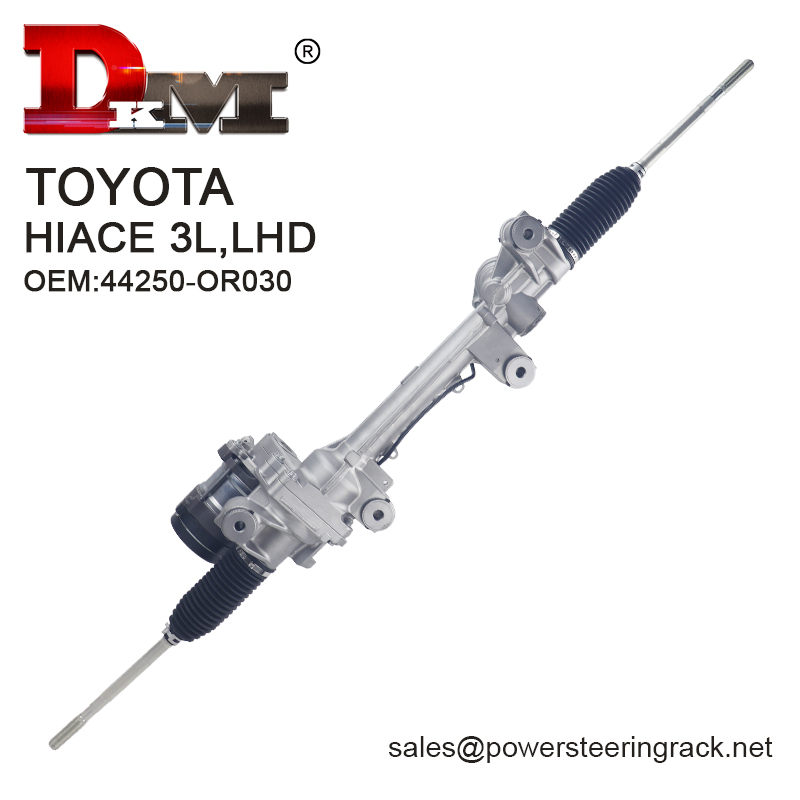
Hydraulic power steering rack vs. electronic hydraulic power steering rack: Which one is better?
Although hydraulic power steering racks and electronic hydraulic power steering racks are both common configurations of modern fuel vehicles, they have certain differences in performance, cost and user experience.
Performance comparison
The hydraulic power steering rack provides excellent steering assistance at low speeds, allowing the driver to easily turn the steering wheel. However, its power assistance effect is directly related to the engine speed, resulting in different performance under different driving conditions. In contrast, the electronic hydraulic power steering rack can flexibly adjust the power assistance according to actual needs, and can provide stable steering effect at all speeds.
Cost and maintenance
The hydraulic power steering rack system is relatively mature and technically stable, but its complex hydraulic pipelines and components increase the difficulty and cost of system maintenance. The replacement of hydraulic oil, inspection of pipelines, and maintenance of pumps are all necessary maintenance work. Although the electronic hydraulic power steering rack may be slightly higher in initial cost, its later maintenance cost is lower because the electric pump has a long design life and does not require frequent replacement of hydraulic oil.
Driving experience
The driving experience of the two has its own characteristics. The hydraulic power steering rack retains a certain road feel while providing power assistance, allowing the driver to perceive the feedback of the road surface. The electronic hydraulic power steering rack uses a precise electronic control system to further improve the driving stability and controllability while ensuring comfort.

Conclusion
In modern fuel vehicles, hydraulic power steering rack and electronic hydraulic power steering rack are the two most common types. Hydraulic power steering rack is still widely used due to its powerful power effect and mature technology, while electronic hydraulic power steering rack has become the standard of many new models through the flexible control and energy-saving advantages of electric pumps. The advantages of each have made them widely used in different models and markets.
In short, understanding the types and working principles of power steering racks used in modern fuel vehicles can help us better understand the operating characteristics of the vehicle and perform reasonable maintenance and care.

